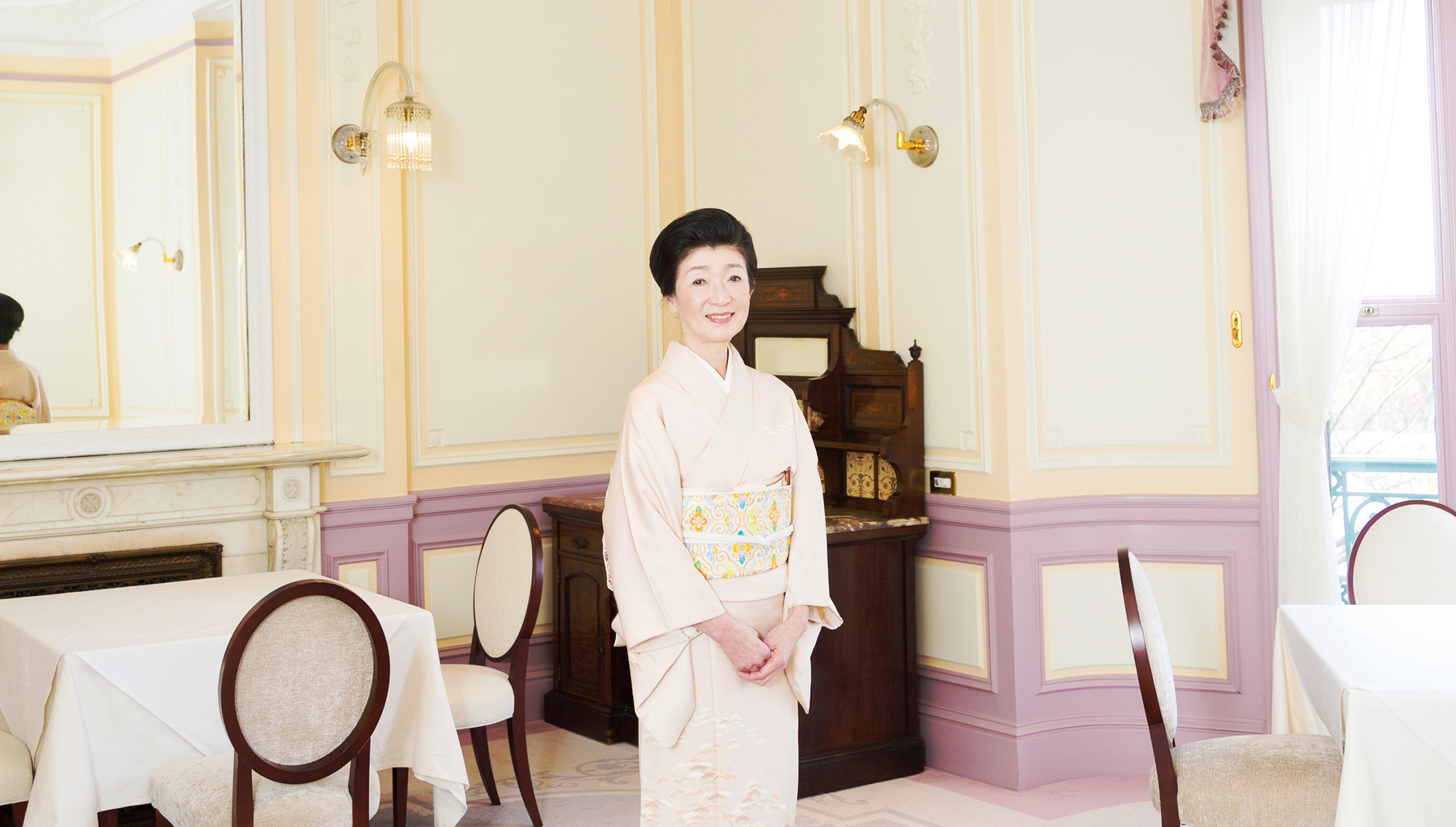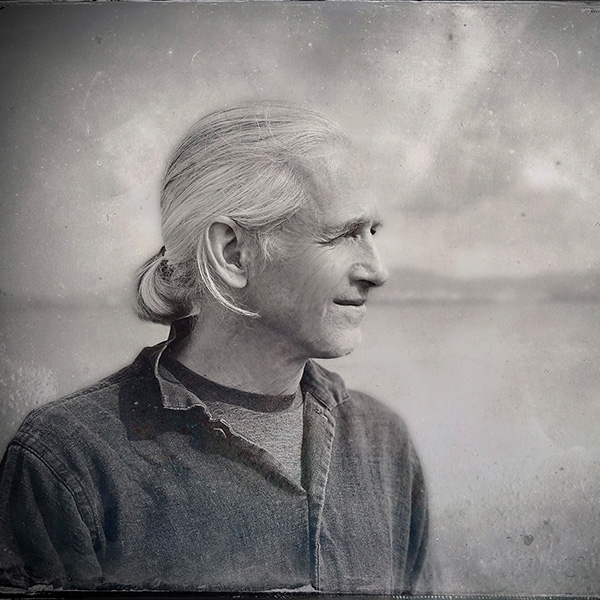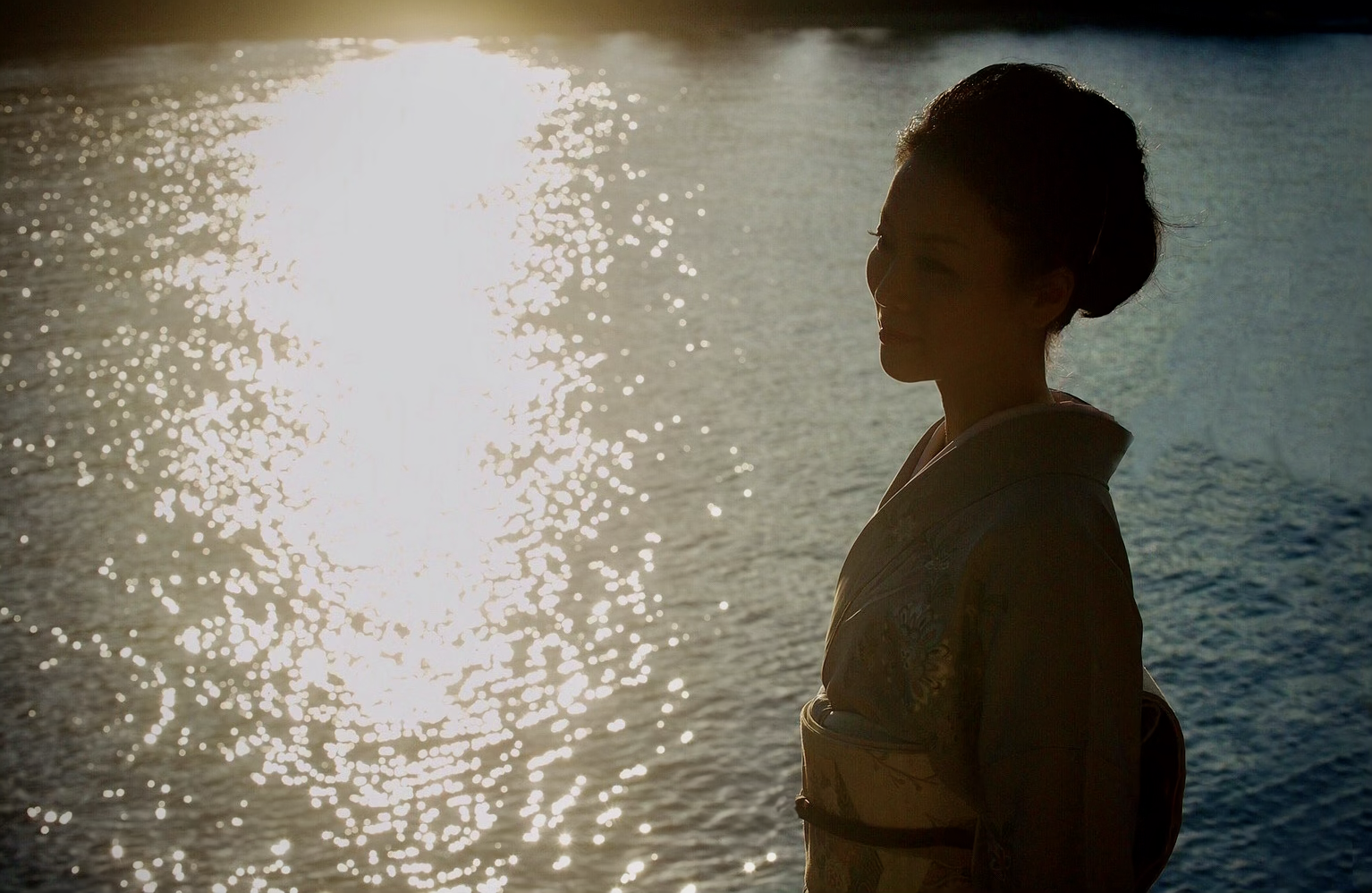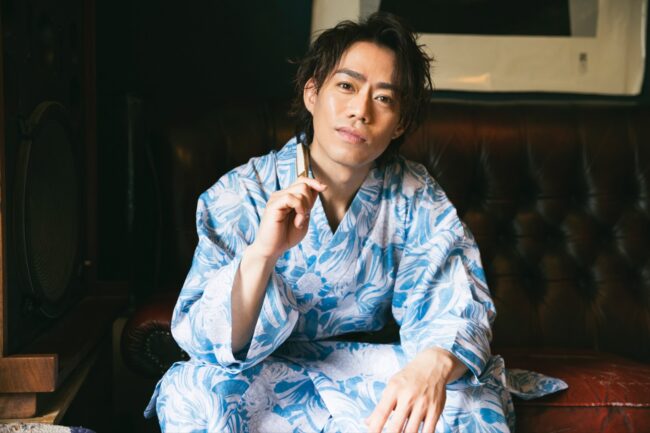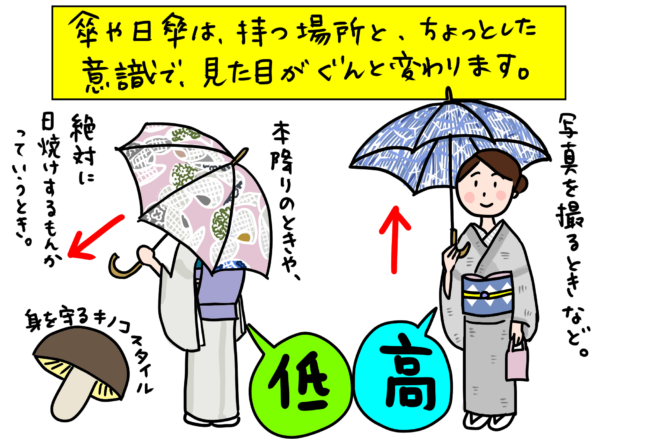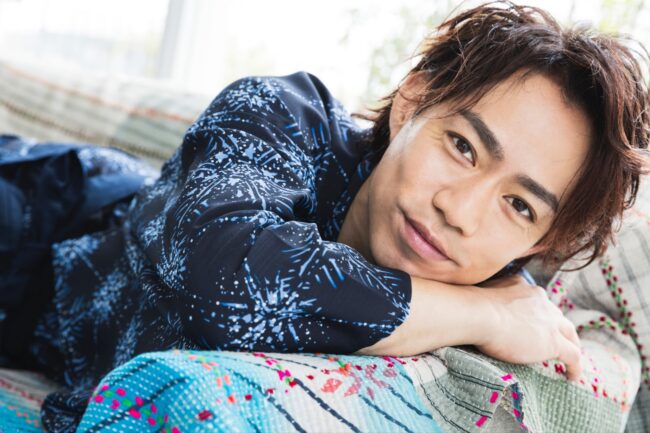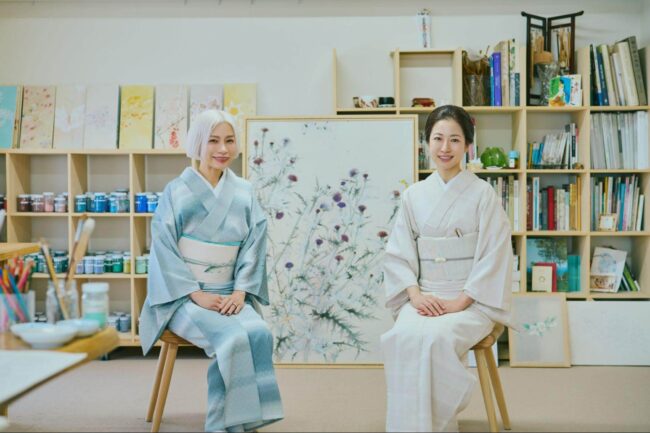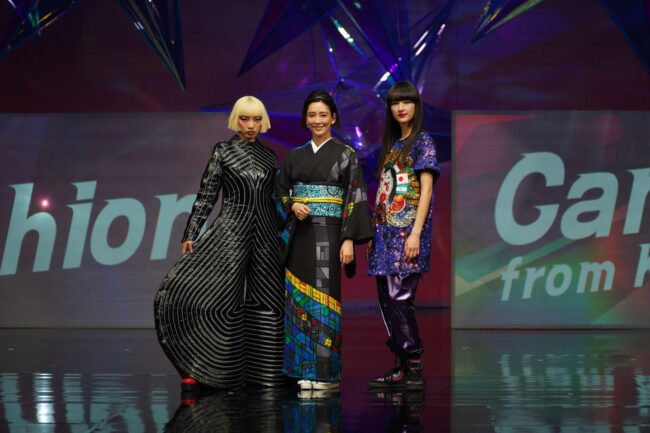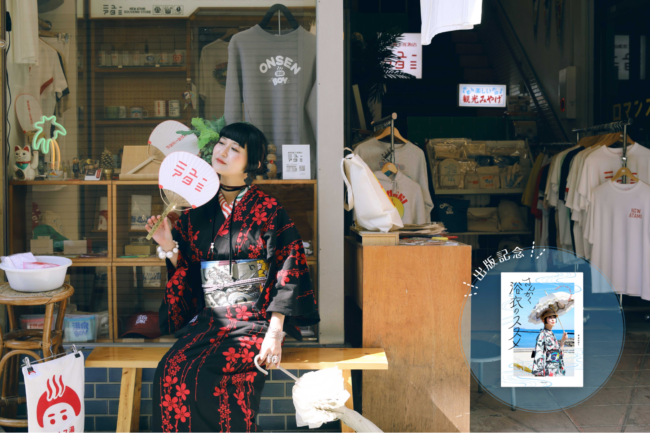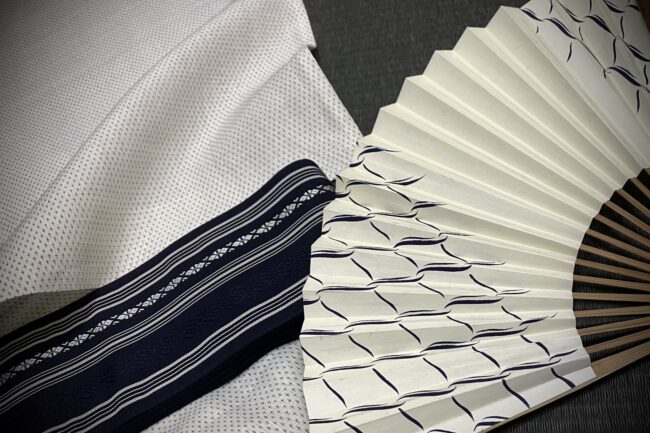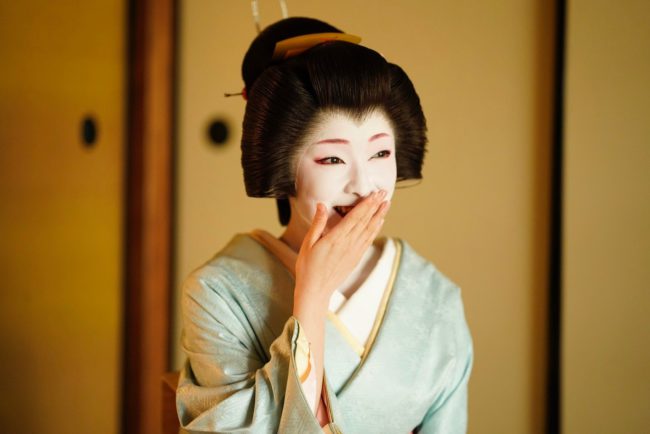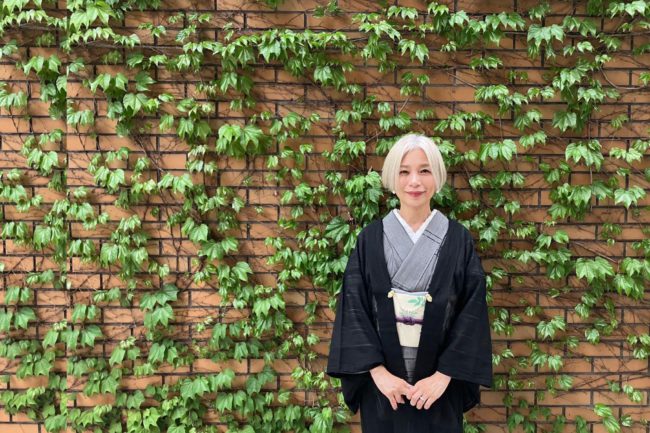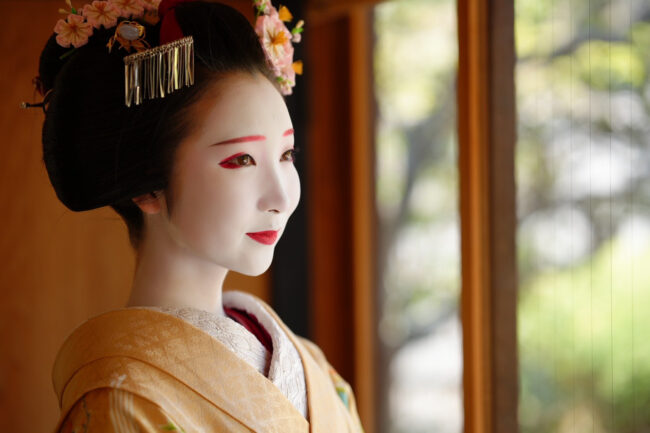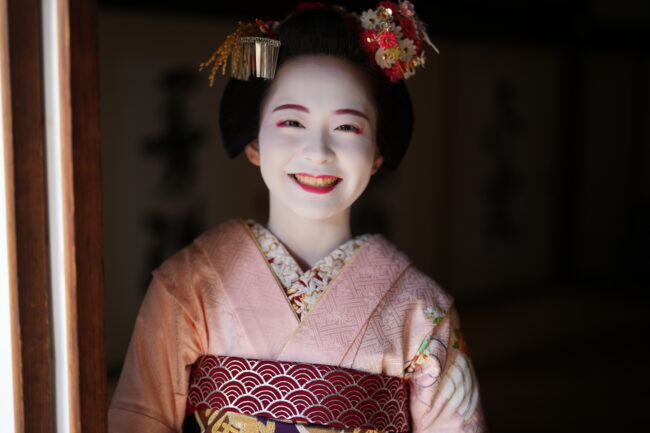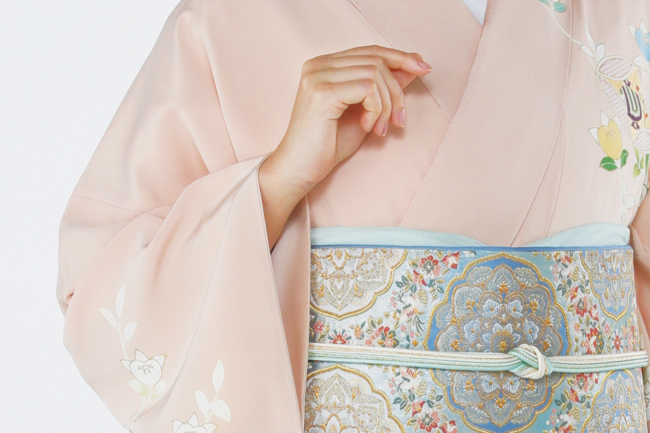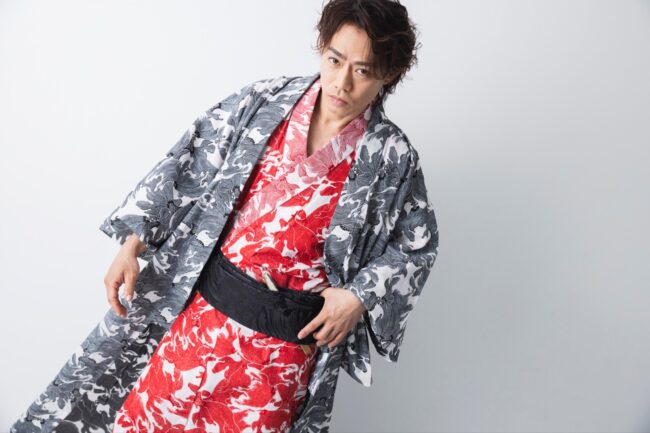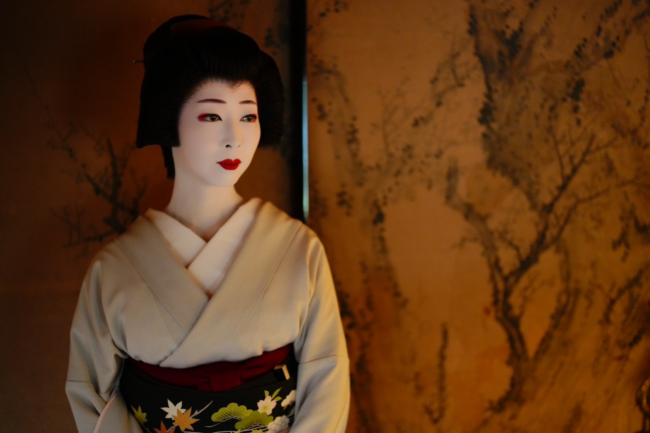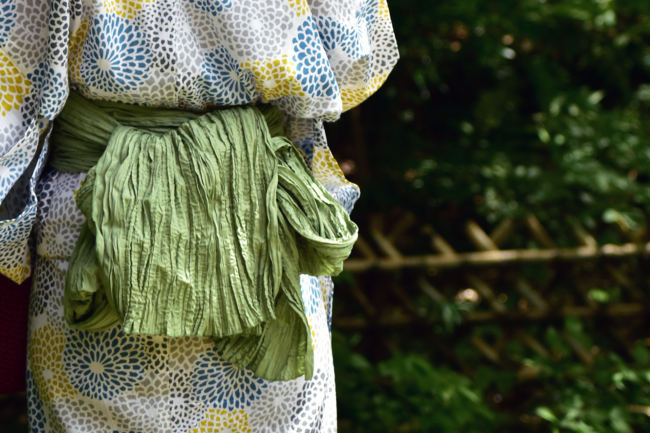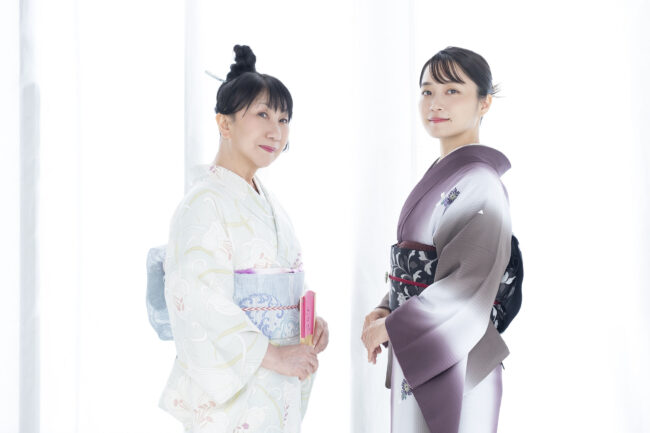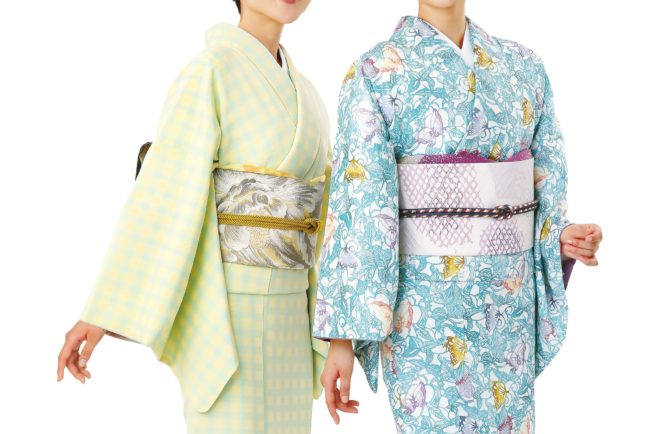- ホーム
- よみもの
- “異国美”の都「Junko Sophieの秘伝京都」vol.10 │“Junko Sophie’s Hidden Kyoto” │「潤子索菲的私密京都」│ Le Kyoto Secret de Junko Sophie

“異国美”の都「Junko Sophieの秘伝京都」vol.10 │“Junko Sophie’s Hidden Kyoto” │「潤子索菲的私密京都」│ Le Kyoto Secret de Junko Sophie
さまざまな美の発見と、日本文化の奥座敷への探求、京都で暮らす女性としての新しい視点を。/The city's beauty and the new perspectives I have developed as a woman living here. /我將每個月與大家分享這座城市各種美的發現,以及我身為一個女性生活在京都的新視角。
目次
- ◆シルクロードの終着点| The Final Destination of the Silk Road| 絲綢之路的終點| Route de la soie, destination finale
- ◆エキゾチックな都、KYOTO| KYOTO is an Exotic Capital| 充滿異國情調的京都| KYOTO, une capitale exotique
- ◆今回訪ねた場所| My Favorite Places| 這次探訪的地方| Mes endroits préférés
- ◆装いについて| Kimono of the Day| 當日選擇的和服| Kimono du jour
- ◆今回の湿板光画| The Wet Plate Collodion| 濕板攝影藝術作品| Le collodion humide
- ◆おいしい京都| Introducing Junko Sophie’s Delicious Kyoto| 介紹潤子索菲的京都美味| Délicieuse Kyoto
シェア
BACK NUMBERバックナンバー
-

2022.12.07
連載記事
ロンドンでの新しい楽しみ方 「Junko Sophieの秘伝ロンドン」Vol.20(最終回) │ Junko Sophie’s Hidden London │潤子索菲的私密倫敦
-

2022.11.09
連載記事
足るを知る心「Junko Sophieの秘伝京都」Vol.19 │ Junko Sophie’s Hidden Kyoto │潤子索菲的私密京都
-

2022.10.18
連載記事
インドの神々への献茶 「Junko Sophieの秘伝インディア」Vol.18 │ Junko Sophie’s Hidden India │潤子索菲的私密印度
-

2022.09.08
連載記事
”静”と”動”の彩り「Junko Sophieの秘伝インディア」Vol.17 │ Junko Sophie’s Hidden India │「潤子索菲的私密印度」
-

2022.08.15
連載記事
京都とインドが溶け込んで 「Junko Sophieの秘伝インディア」Vol.16 │ Junko Sophie’s Hidden India │「潤子索菲的私密印度」│ L’Indie Secret de Junko Sophie
-

2022.08.04
連載記事
インドの結婚式で京都文化サロンを(後編) 「Junko Sophieの秘伝インディア」Vol.15 │ Junko Sophie’s Hidden India │「潤子索菲的私密印度」│ L’Indie Secret de Junko Sophie
-

2022.08.04
連載記事
京友禅サリーで、夢のようなインドの結婚式へ(前編)「Junko Sophieの秘伝インディア」vol.14 │ Junko Sophie’s Hidden Inidia │「潤子索菲的私密印度」│ L’lnde Secret de Junko Sophie
-

2022.08.04
連載記事
文化として開花した”CHA” 「Junko Sophieの秘伝京都」vol.13 │ “Junko Sophie’s Hidden Kyoto” │ 「潤子索菲的私密京都」│ Le Kyoto Secret de Junko Sophie
-

2022.08.04
連載記事
もてなし、もてなされの”妙”「Junko Sophieの秘伝京都」vol.12 │ Junko Sophie’s Hidden Kyoto │「潤子索菲的私密京都」│ Le Kyoto Secret de Junko Sophie
-

2023.04.04
連載記事
桜の秘めごとと”もののあはれ”「Junko Sophieの秘伝京都」vol.11 │ Junko Sophie’s Hidden Kyoto │「潤子索菲的私密京都」│ Le Kyoto Secret de Junko Sophie
-

2022.09.09
連載記事
“異国美”の都「Junko Sophieの秘伝京都」vol.10 │“Junko Sophie’s Hidden Kyoto” │「潤子索菲的私密京都」│ Le Kyoto Secret de Junko Sophie
-

2022.01.08
連載記事
福来たる初春と、和歌の極意「Junko Sophieの秘伝京都」vol.9 │ Junko Sophie’s Hidden Kyoto │ 潤子索菲的私密京都 │ Le Kyoto Secret de Junko Sophie
-

2021.12.10
連載記事
魯山人と”間”の文化 「Junko Sophieの秘伝京都」vol.8|Junko Sophie’s Hidden Kyoto | 潤子索菲的私密京都 │ Le Kyoto Secret de Junko Sophie
-

2021.11.30
連載記事
インドでよみがえる、京都の美の秘密 「Junko Sophieの秘伝京都」番外編 l Junko Sophie’s Hidden Kyoto
-

2021.11.29
連載記事
“小さきもの、数少なしは心深し”の秋 「Junko Sophieの秘伝京都」vol.7 │ Junko Sophie’s Hidden Kyoto │ 潤子索菲的私密京都 │ Le Kyoto Secret de Junko Sophie
-

2021.11.09
連載記事
古都の香りをまとう暮らし「Junko Sophieの秘伝京都」vol.6 │ Junko Sophie’s Hidden Kyoto │ 潤子索菲的私密京都 │ Le Kyoto Secret de Junko Sophie
-

2021.09.21
連載記事
月夜とやつしの美 「Junko Sophieの秘伝京都」vol.5 │ “Junko Sophie’s Hidden Kyoto” │ 「潤子索菲的私密京都」
-

2021.10.27
連載記事
涼をとるしかけ 「Junko Sophieの秘伝京都」vol.4 │ “Junko Sophie’s Hidden Kyoto” │ 「潤子索菲的私密京都」
-

2021.08.05
連載記事
“ハレとケ”のメリハリ 「Junko Sophieの秘伝京都」vol.3 │ “Junko Sophie’s Hidden Kyoto” │ 「潤子索菲的私密京都」
-

2021.08.05
連載記事
美と文化の泉がひそむ 「Junko Sophieの秘伝京都」vol.2 │ “Junko Sophie’s Hidden Kyoto” │ 「潤子索菲的私密京都」
-

2021.08.05
連載記事
京都の魔法に導かれて「Junko Sophieの秘伝京都」vol.1 │ “Junko Sophie’s Hidden Kyoto” │ 「索菲潤子的私密京都」
LATEST最新記事
-

インタビュー
美しい仕草の秘訣は、憧れの人になりきること。プロフィギュアスケーター・高橋大輔さん(インタビュー後編)「きもの、着てみませんか?」vol.10-3
-

よみもの
探してみよう!持っていて、うきうきする日傘 「きくちいまが、今考えるきもののこと」vol.97
-

まなぶ
愛嬌も芸のうち 〜小説の中の着物〜 吉川潮『浮かれ三亀松』「徒然雨夜話ーつれづれ、あめのよばなしー」第四十八夜
-

インタビュー
自分が楽しめば、必ず誰かの心に届く プロフィギュアスケーター・高橋大輔さん(インタビュー前編)「きもの、着てみませんか?」vol.10-2
-

よみもの
憧れの花に「私」を描く。【日本画家 定家亜由子さん】(後編)「着物ひろこが会いに行く!憧れのキモノビト」vol.6
-

インタビュー
水川あさみさんが着物ショーに! 和と洋とアートの情熱が融合する『第31回 ファッションカンタータ from KYOTO』
RANKINGランキング
- デイリー
- ウィークリー
- マンスリー
-

よみもの
幕末好きの歴女でお三味線の名取 宮川町・とし真菜さん 「令和の芸舞妓図鑑」vol.6
-

インタビュー
自分が楽しめば、必ず誰かの心に届く プロフィギュアスケーター・高橋大輔さん(インタビュー前編)「きもの、着てみませんか?」vol.10-2
-

コラム
今さら聞けない!アニメ『鬼滅の刃』に登場する柄・模様と、込められた意味
-

よみもの
花街イチのカメラ上手! 宮川町・とし夏菜さん 「令和の芸舞妓図鑑」vol.1
-

まなぶ
しびれるくらい粋でカッコいい!半幅帯の帯結び 「着物ひろこの着付けTIPs」vol.5
-

よみもの
上七軒の街並みに惹かれ、憧れの舞妓に 上七軒・さと葉さん 「令和の芸舞妓図鑑」vol.19
-

よみもの
憧れを胸に埼玉から京都へ 宮川町・富美唯さん 「令和の芸舞妓図鑑」vol.17
-

よみもの
世界遺産の西本願寺で宮川町・とし夏菜さんのスペシャルな撮影会に密着! 「令和の芸舞妓図鑑」特別編
-

まなぶ
着物は「右前」「左前」どっち?覚え方のコツや注意点を解説!
-

よみもの
幕末好きの歴女でお三味線の名取 宮川町・とし真菜さん 「令和の芸舞妓図鑑」vol.6
-

インタビュー
自分が楽しめば、必ず誰かの心に届く プロフィギュアスケーター・高橋大輔さん(インタビュー前編)「きもの、着てみませんか?」vol.10-2
-

まなぶ
しびれるくらい粋でカッコいい!半幅帯の帯結び 「着物ひろこの着付けTIPs」vol.5
-

よみもの
花街イチのカメラ上手! 宮川町・とし夏菜さん 「令和の芸舞妓図鑑」vol.1
-

まなぶ
着物は「右前」「左前」どっち?覚え方のコツや注意点を解説!
-

インタビュー
色気を纏う男の浴衣 feat. 高橋大輔「きもの、着てみませんか?」vol.10-1
-

よみもの
世界遺産の西本願寺で宮川町・とし夏菜さんのスペシャルな撮影会に密着! 「令和の芸舞妓図鑑」特別編
-

よみもの
気品と気さくさが同居する妙 祇園甲部・小扇さん 「令和の芸舞妓図鑑」vol.15
-

インタビュー
水川あさみさんが着物ショーに! 和と洋とアートの情熱が融合する『第31回 ファッションカンタータ from KYOTO』
-

よみもの
幕末好きの歴女でお三味線の名取 宮川町・とし真菜さん 「令和の芸舞妓図鑑」vol.6
-

まなぶ
着物は「右前」「左前」どっち?覚え方のコツや注意点を解説!
-

インタビュー
色気を纏う男の浴衣 feat. 高橋大輔「きもの、着てみませんか?」vol.10-1
-

まなぶ
しびれるくらい粋でカッコいい!半幅帯の帯結び 「着物ひろこの着付けTIPs」vol.5
-

インタビュー
自分が楽しめば、必ず誰かの心に届く プロフィギュアスケーター・高橋大輔さん(インタビュー前編)「きもの、着てみませんか?」vol.10-2
-

コラム
今さら聞けない!アニメ『鬼滅の刃』に登場する柄・模様と、込められた意味
-

まなぶ
兵児帯(へこおび)とは?特徴や選び方・結び方をご紹介!
-

インタビュー
和姿で登場!深川麻衣さん×室井滋さん独占インタビュー『ぶぶ漬けどうどす』 「きもの de シネマ」番外編
-

まなぶ
初心者でも可能?着物の着方・着付けの手順を写真で解説!




































